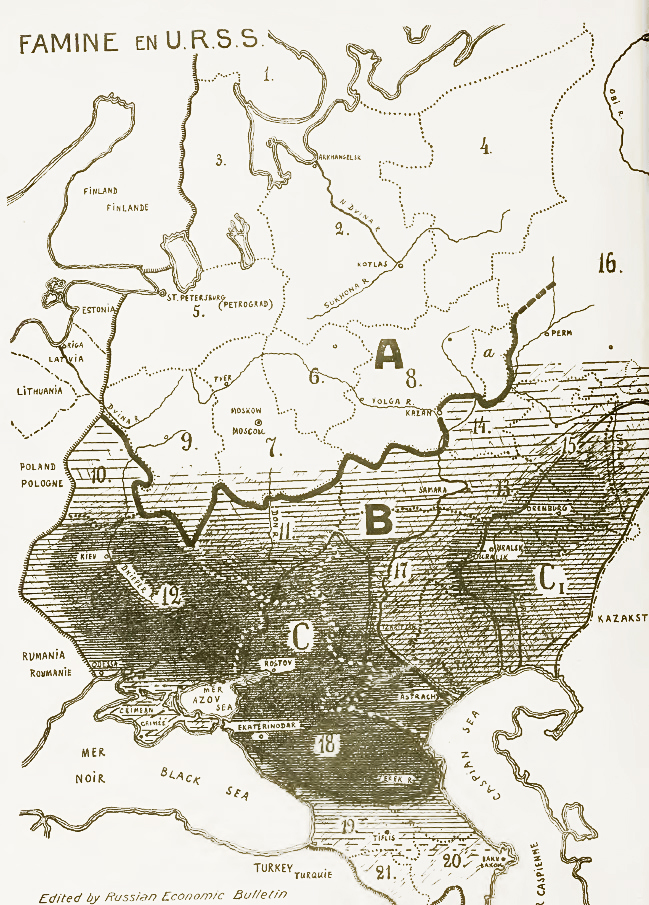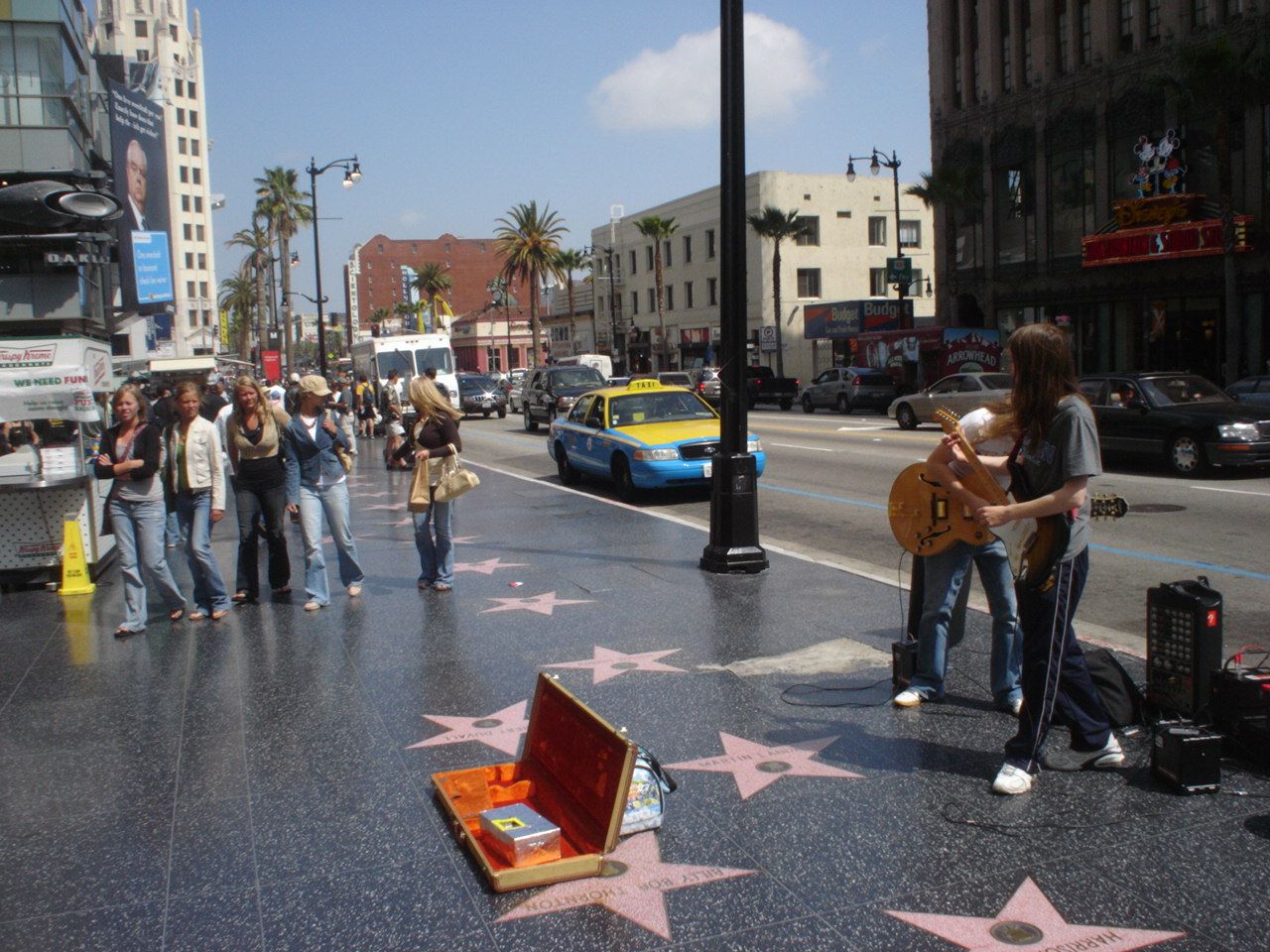|
Hall Of Memory
Hall of Memory is a name used for some memorials, including: * The Hall of Memory, Birmingham, a war memorial in Birmingham, United Kingdom, honoring residents killed in World War I. * The octagonal chapel at the heart of the Australian War Memorial's commemorative area, honoring Australians killed in battle. * The underground portion of the National Museum of the Holodomor-Genocide The National Museum of the Holodomor-Genocide (), formerly known as the Memorial in Commemoration of the Holodomor-Genocide in Ukraine, is Ukraine's national museum and a centre devoted to the victims of the Holodomor of 1932–1933, a man-m ... in Kyiv, Ukraine, honoring those killed in the Holodomor. * The Goomeri Hall of Memory, a community center in Goomeri, Australia, honoring residents who have served in any war. The name may also sometimes be used for something akin to a hall of fame. {{sia Types of monuments and memorials ... [...More Info...] [...Related Items...] OR: [Wikipedia] [Google] [Baidu] |
Memorial
A memorial is an object or place which serves as a focus for the memory or the commemoration of something, usually an influential, deceased person or a historical, tragic event. Popular forms of memorials include landmark objects or works of art such as sculptures, statues or fountains and parks. Larger memorials may be known as monuments. Types The most common type of memorial is the gravestone or the memorial plaque. Also common are war memorials commemorating those who have died in wars. Memorials in the form of a cross are called intending crosses. Online memorials are often created on websites and social media to allow digital access as an alternative to physical memorials which may not be feasible or easily accessible. When somebody has died, the family may request that a memorial gift (usually money) be given to a designated charity, or that a tree be planted in memory of the person. Those temporary or makeshift memorials are also called grassroots memorials.''Grassroo ... [...More Info...] [...Related Items...] OR: [Wikipedia] [Google] [Baidu] |
Hall Of Memory, Birmingham
The Hall of Memory is a war memorial in Centenary Square, Birmingham, England, designed by S. N. Cooke and W. N. Twist. Erected 1922–25 by John Barnsley and Son, it commemorates the 12,320 Birmingham citizens who died in World War I. Built directly over a filled-in canal basin of Gibson's Arm, it was the first structure in an area (now occupied by Centenary Square and the International Convention Centre and Symphony Hall) purchased by the council for the creation of a grand civic scheme to include new council offices, the mayor's residence, a public library, and a concert hall. The scheme was abandoned after the commencement of World War II with only half of one wing of the planned Baskerville House having been built. Made from Portland stone, from the Isle of Portland in Dorset, the foundation stone was laid by the Prince of Wales on 12 June 1923 and it was opened by Prince Arthur of Connaught on 4 July 1925 to a crowd of 30,000. Construction had cost £60,000 and was fun ... [...More Info...] [...Related Items...] OR: [Wikipedia] [Google] [Baidu] |
Birmingham
Birmingham ( ) is a city and metropolitan borough in the metropolitan county of West Midlands in England. It is the second-largest city in the United Kingdom with a population of 1.145 million in the city proper, 2.92 million in the West Midlands metropolitan county, and approximately 4.3 million in the wider metropolitan area. It is the largest UK metropolitan area outside of London. Birmingham is known as the second city of the United Kingdom. Located in the West Midlands region of England, approximately from London, Birmingham is considered to be the social, cultural, financial and commercial centre of the Midlands. Distinctively, Birmingham only has small rivers flowing through it, mainly the River Tame and its tributaries River Rea and River Cole – one of the closest main rivers is the Severn, approximately west of the city centre. Historically a market town in Warwickshire in the medieval period, Birmingham grew during the 18th century during the Midla ... [...More Info...] [...Related Items...] OR: [Wikipedia] [Google] [Baidu] |
World War I
World War I (28 July 1914 11 November 1918), often abbreviated as WWI, was one of the deadliest global conflicts in history. Belligerents included much of Europe, the Russian Empire, the United States, and the Ottoman Empire, with fighting occurring throughout Europe, the Middle East, Africa, the Pacific, and parts of Asia. An estimated 9 million soldiers were killed in combat, plus another 23 million wounded, while 5 million civilians died as a result of military action, hunger, and disease. Millions more died in genocides within the Ottoman Empire and in the 1918 influenza pandemic, which was exacerbated by the movement of combatants during the war. Prior to 1914, the European great powers were divided between the Triple Entente (comprising France, Russia, and Britain) and the Triple Alliance (containing Germany, Austria-Hungary, and Italy). Tensions in the Balkans came to a head on 28 June 1914, following the assassination of Archduke Franz Ferdin ... [...More Info...] [...Related Items...] OR: [Wikipedia] [Google] [Baidu] |
Australian War Memorial
The Australian War Memorial is Australia's national memorial to the members of its armed forces and supporting organisations who have died or participated in wars involving the Commonwealth of Australia and some conflicts involving personnel from the Australian colonies prior to Federation. Opened in 1941, the memorial includes an extensive national military museum. The memorial is located in Australia's capital, Canberra, in the suburb of . The Australian War Memorial forms the north terminus of the city's ceremonial land axis, which stretches from Parliament House on Capital Hill along a line passing through the summit of the cone-shaped Mount Ainslie to the northeast. No continuous roadway links the two points, but there is a clear line of sight from the front balcony of Parliament House to the war memorial, and from the front steps of the war memorial back to Parliament House. The Australian War Memorial consists of three parts: the Commemorative Area (shrine) i ... [...More Info...] [...Related Items...] OR: [Wikipedia] [Google] [Baidu] |
National Museum Of The Holodomor-Genocide
The National Museum of the Holodomor-Genocide (), formerly known as the Memorial in Commemoration of the Holodomor-Genocide in Ukraine, is Ukraine's national museum and a centre devoted to the victims of the Holodomor of 1932–1933, a man-made famine that killed millions in Ukraine. The museum was opened on the day of the 75th anniversary of the Holodomor in 2008. It gained the status of a national museum in 2010. The museum is located on the Pechersk Hills on the right bank of the Dnieper river in Kyiv, adjacent to the Kyiv Pechersk Lavra. History On 28 November 2006, the Parliament of Ukraine (Verkhovna Rada) voted to recognize the Holodomor, a devastating famine which took place in the early 1930s in the former Ukrainian Soviet Socialist Republic, as a deliberate act of genocide against the Ukrainian people. The bill was signed into law by President Viktor Yushchenko and included a provision for commemorative and research activities, and the construction of memorials to ... [...More Info...] [...Related Items...] OR: [Wikipedia] [Google] [Baidu] |
Holodomor
The Holodomor ( uk, Голодомо́р, Holodomor, ; derived from uk, морити голодом, lit=to kill by starvation, translit=moryty holodom, label=none), also known as the Terror-Famine or the Great Famine, was a man-made famine in Soviet Ukraine from 1932 to 1933 that killed millions of Ukrainians. The Holodomor was part of the wider Soviet famine of 1932–1933 which affected the major grain-producing areas of the Soviet Union. While scholars universally agree that the cause of the famine was man-made, whether the Holodomor constitutes a genocide remains in dispute. Some historians conclude that the famine was planned and exacerbated by Joseph Stalin in order to eliminate a Ukrainian independence movement. This conclusion is supported by Raphael Lemkin. Others suggest that the famine arose because of rapid Soviet industrialisation and collectivization of agriculture. Ukraine was one of the largest grain-producing states in the USSR and was subject to unre ... [...More Info...] [...Related Items...] OR: [Wikipedia] [Google] [Baidu] |
Goomeri Hall Of Memory
Goomeri Hall of Memory is a heritage-listed Community centre, war memorial hall at Boonara Street, Goomeri, Queensland, Goomeri, Gympie Region, Queensland, Australia. It was designed by Philip Oliver Ellard Hawkes and built in 1926. It was added to the Queensland Heritage Register on 21 October 1992. History The Hall of Memory at Goomeri was opened in 1926 to commemorate all those from the district who had served in World War I, but this dedication has since been extended to also honour all those who have served in subsequent wars. European settlement in the district took place in 1843–50 as large pastoral holdings were taken up. By 1870 these had been subdivided into smaller grazing farms. In 1902, the Nanango railway line reached Goomeri and at that time was used principally by local farmers and to transport timber. In 1911, a sale of town commercial and residential blocks was held. More farms were established and a butter factory was built. The town of Goomeri developed ... [...More Info...] [...Related Items...] OR: [Wikipedia] [Google] [Baidu] |
Goomeri
Goomeri ( ) is a rural town and locality in the Gympie Region, Queensland, Australia. In the , the locality of Goomeri had a population of 664 people. Geography The town is located on the intersection of the Burnett, Bunya and Wide Bay Highways, from the state capital, Brisbane. The main street is Moore Street; the Burnett Highway follows Moore Street through the town. Goomeri lies west of the Coast Range. History European settlement in the Goomeri area began in 1846 with the establishment of Booubyjan Homestead and Boonara Station. The Kilkivan to Goomeri section of the Nanango railway line opened in 1902, and the Goomeri to Wondai section opened on 14 September 1903. The line was officially closed in early 2010. Closer settlement took place in 1911 with the sale of rural allotments and town blocks.K ... [...More Info...] [...Related Items...] OR: [Wikipedia] [Google] [Baidu] |
Hall Of Fame
A hall, wall, or walk of fame is a list of individuals, achievements, or other entities, usually chosen by a group of electors, to mark their excellence or Wiktionary:fame, fame in their field. In some cases, these halls of fame consist of actual halls or museums that enshrine the honorees with sculptures, plaques, and displays of memorabilia and general information regarding the inducted recipients. Sometimes, the honorees' plaques may instead be posted on a wall (hence a "wall of fame") or inscribed on a sidewalk (as in a "walk of fame", "walk of stars", or "avenue of fame"). In other cases, the hall of fame is more figurative and consists of a list of names of noteworthy people and their achievements and contributions. The lists are maintained by an organization or community, and may be national, state, local, or private. Etymology The term "hall of fame" first appeared in German with the Ruhmeshalle (Munich), Ruhmeshalle, built in 1853 in Munich. The Walhalla (memorial), W ... [...More Info...] [...Related Items...] OR: [Wikipedia] [Google] [Baidu] |





